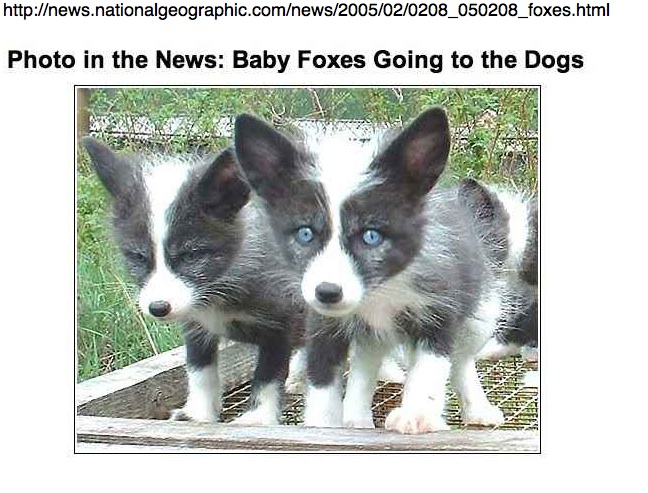A
Asyncritus
Guest
As many readers will not knw anything about the above subject, I have collected the following information from Dr Michael Denton which sheds a great deal of light on this subject:
It was primarily because most groups of organisms seemed so isolated and unlinked by transitional forms that for the better part of a century, before 1859, most biologists saw the facts of biology as pointing to a model of nature which was diametrically opposed to, and indeed irreconcilable with the notion of organic evolution.
Agassiz said:
It is my belief that naturalists are chasing a phantom in their search after some material gradation among created beings, by which the whole Animal Kingdom may have been derived fron a single germ…
Agassiz, in common with the great majority of leading biologists in the 19th century, adhered to a philosophy of nature referred to as typological which was completely antithetical to the concept of organic evolution and which denied absolutely the existence of any sort of sequential order to the pattern of nature.
The typological model said that all the variation exhibited by the individual members of a class was merely variation on an underlying theme or design [called the ‘archetype’] which was fundamentally immutable and unvarying.
It followed that all members of a class were equally representative and characteristic of their class, and no member could be considered in any fundamental sense any less characteristic of its class, or closer to any member of another class than any other member of its own class.
For example, as Romer said,
All known mammals share a number of specific or defining or diagnostic characteristics such as hair, mammary glands, and a diaphragm which are only found among mammals and not possessed, even in rudimentary form, by non-mammalian organisms.
EVOLUTION AND ‘TYPOLOGY’
Denton:It was primarily because most groups of organisms seemed so isolated and unlinked by transitional forms that for the better part of a century, before 1859, most biologists saw the facts of biology as pointing to a model of nature which was diametrically opposed to, and indeed irreconcilable with the notion of organic evolution.
Agassiz said:
It is my belief that naturalists are chasing a phantom in their search after some material gradation among created beings, by which the whole Animal Kingdom may have been derived fron a single germ…
Agassiz, in common with the great majority of leading biologists in the 19th century, adhered to a philosophy of nature referred to as typological which was completely antithetical to the concept of organic evolution and which denied absolutely the existence of any sort of sequential order to the pattern of nature.
The typological model said that all the variation exhibited by the individual members of a class was merely variation on an underlying theme or design [called the ‘archetype’] which was fundamentally immutable and unvarying.
It followed that all members of a class were equally representative and characteristic of their class, and no member could be considered in any fundamental sense any less characteristic of its class, or closer to any member of another class than any other member of its own class.
For example, as Romer said,
All known mammals share a number of specific or defining or diagnostic characteristics such as hair, mammary glands, and a diaphragm which are only found among mammals and not possessed, even in rudimentary form, by non-mammalian organisms.







